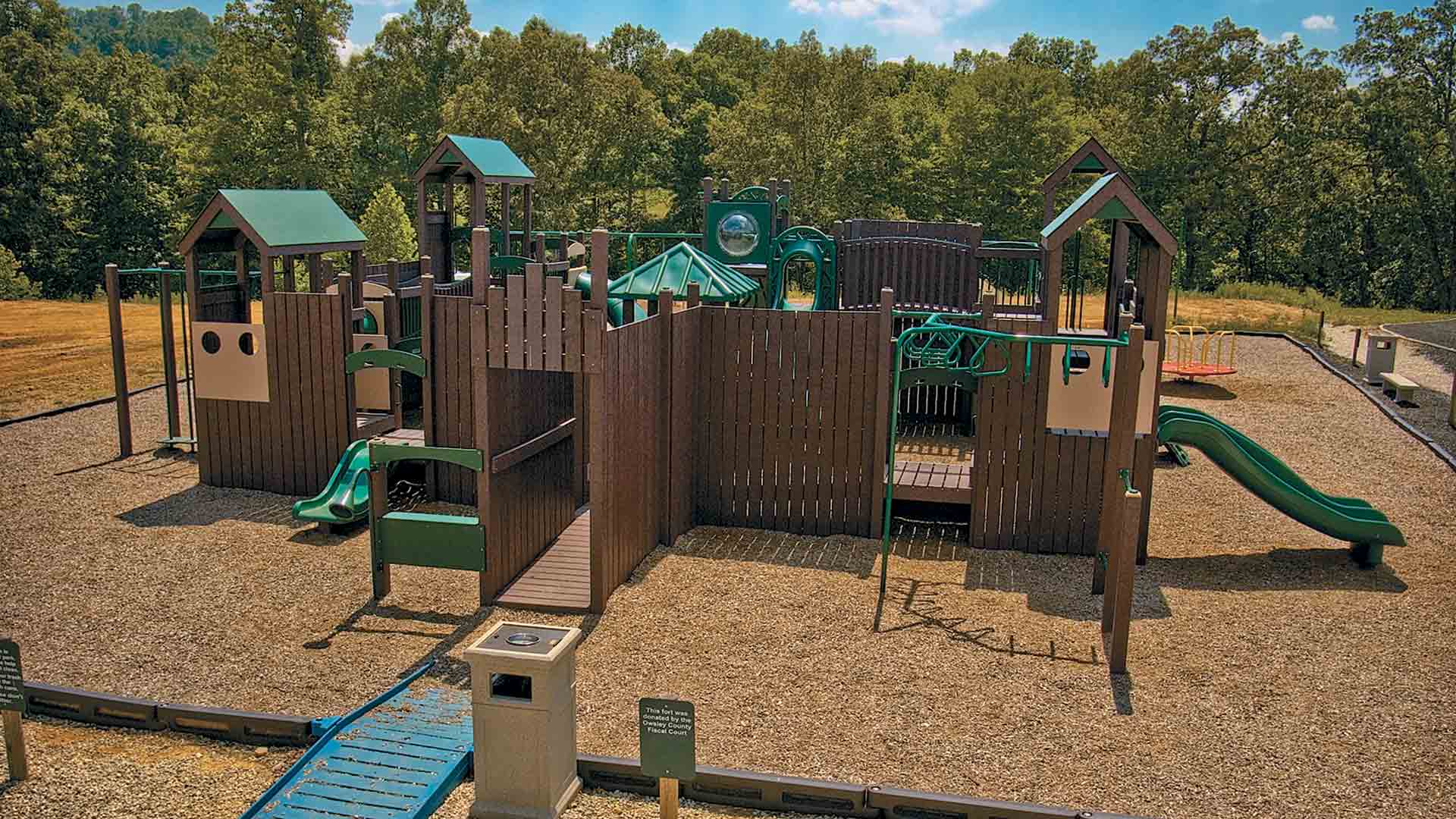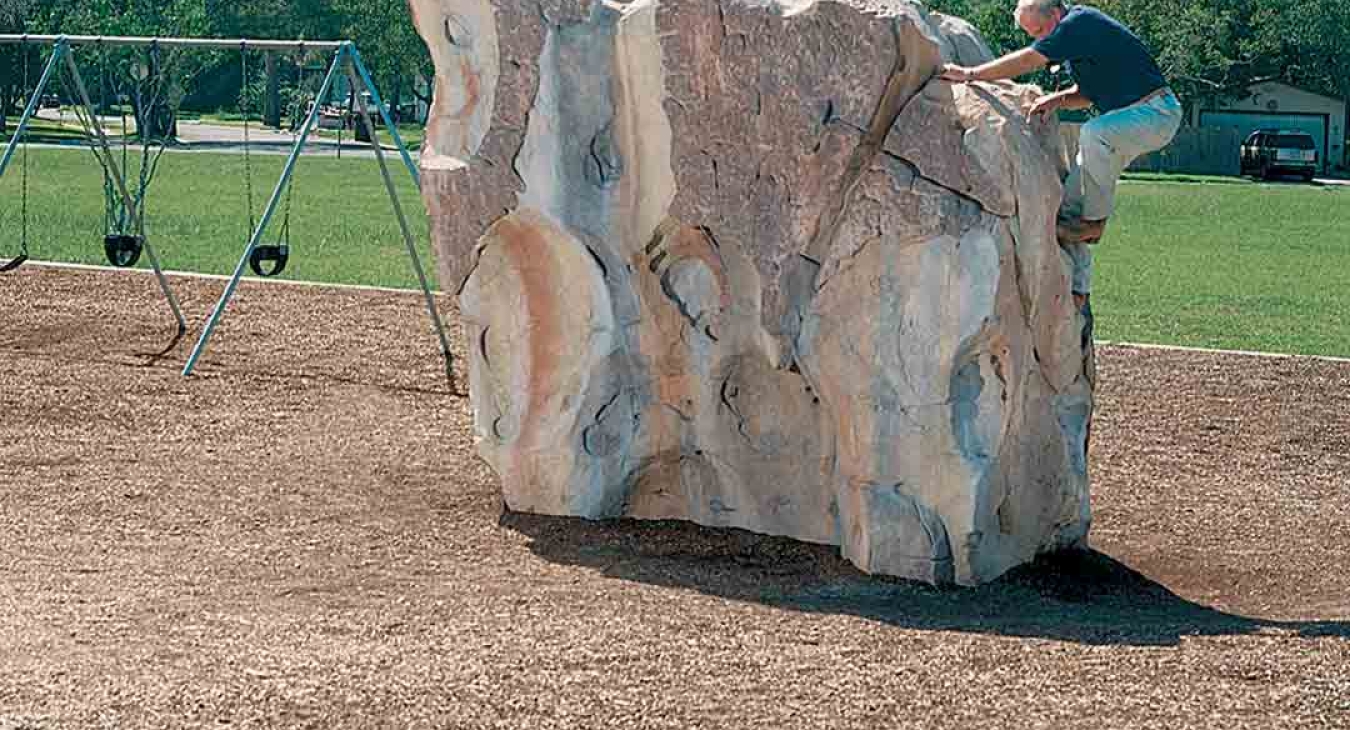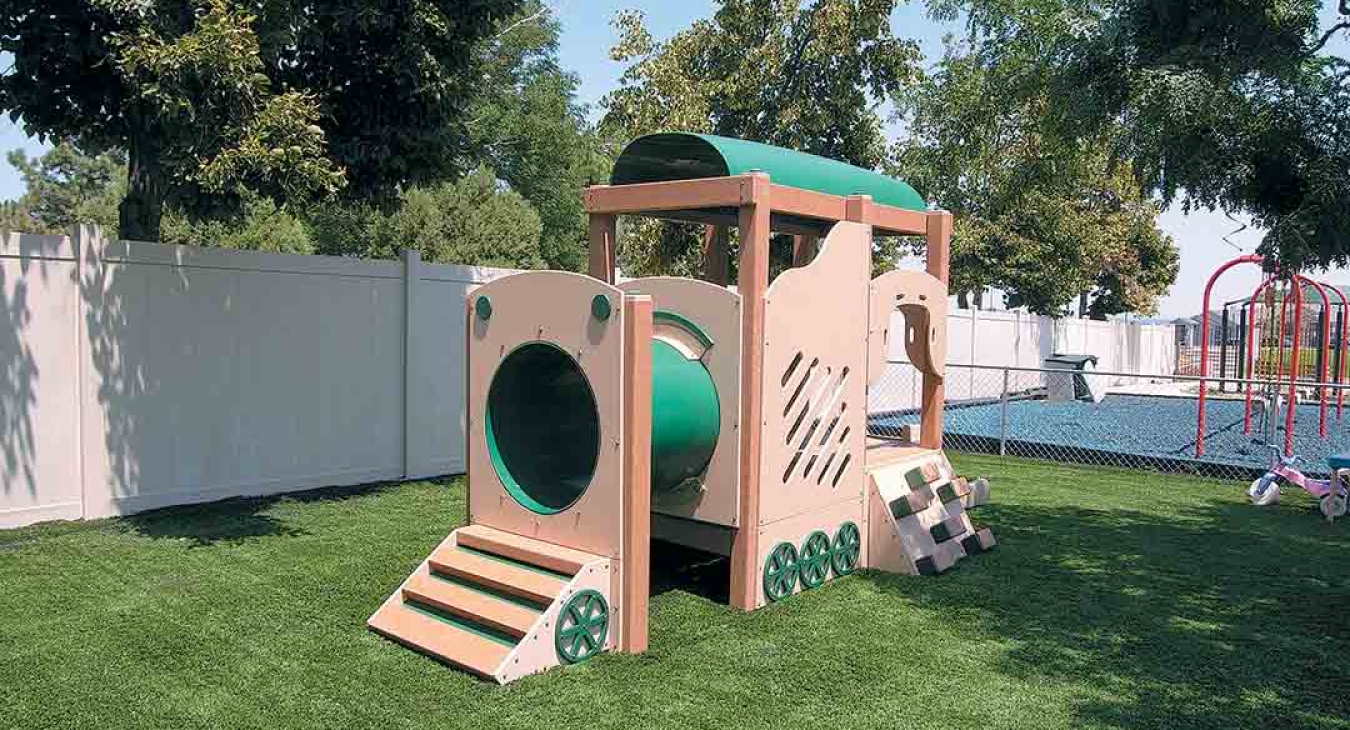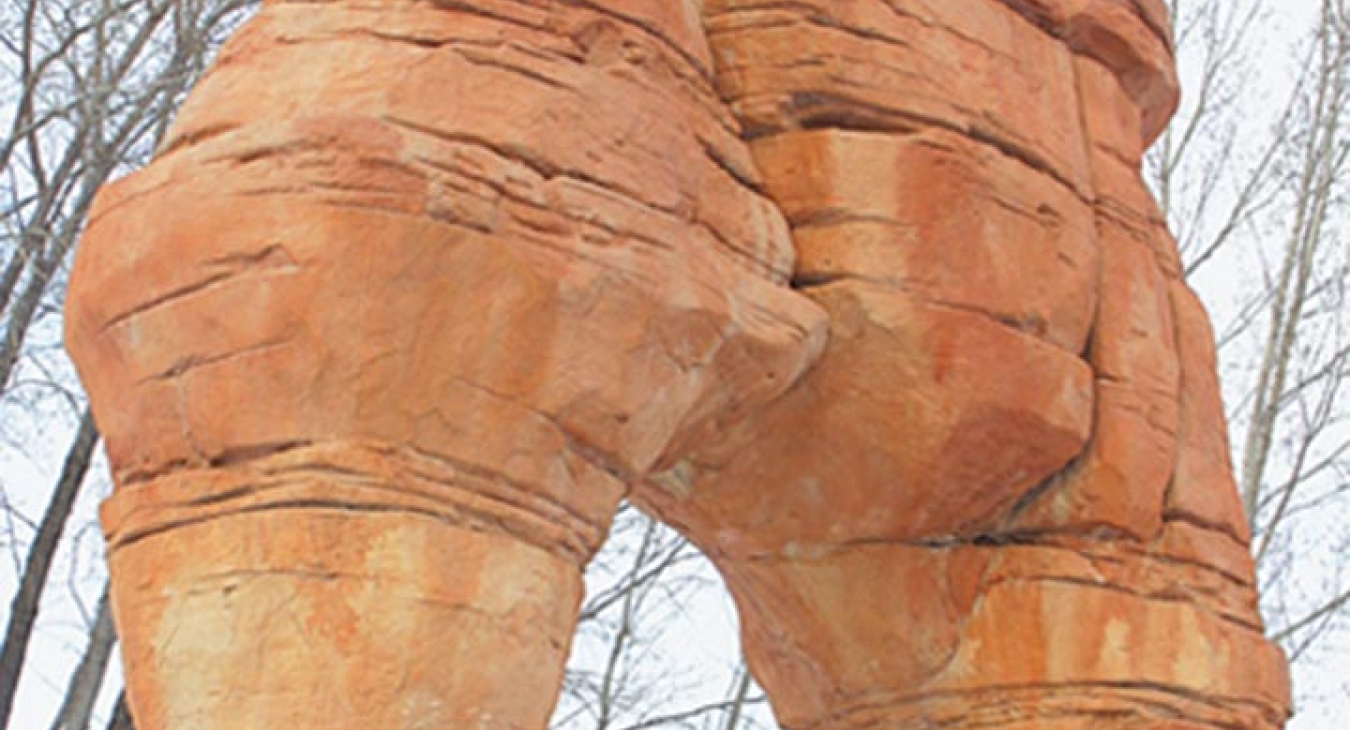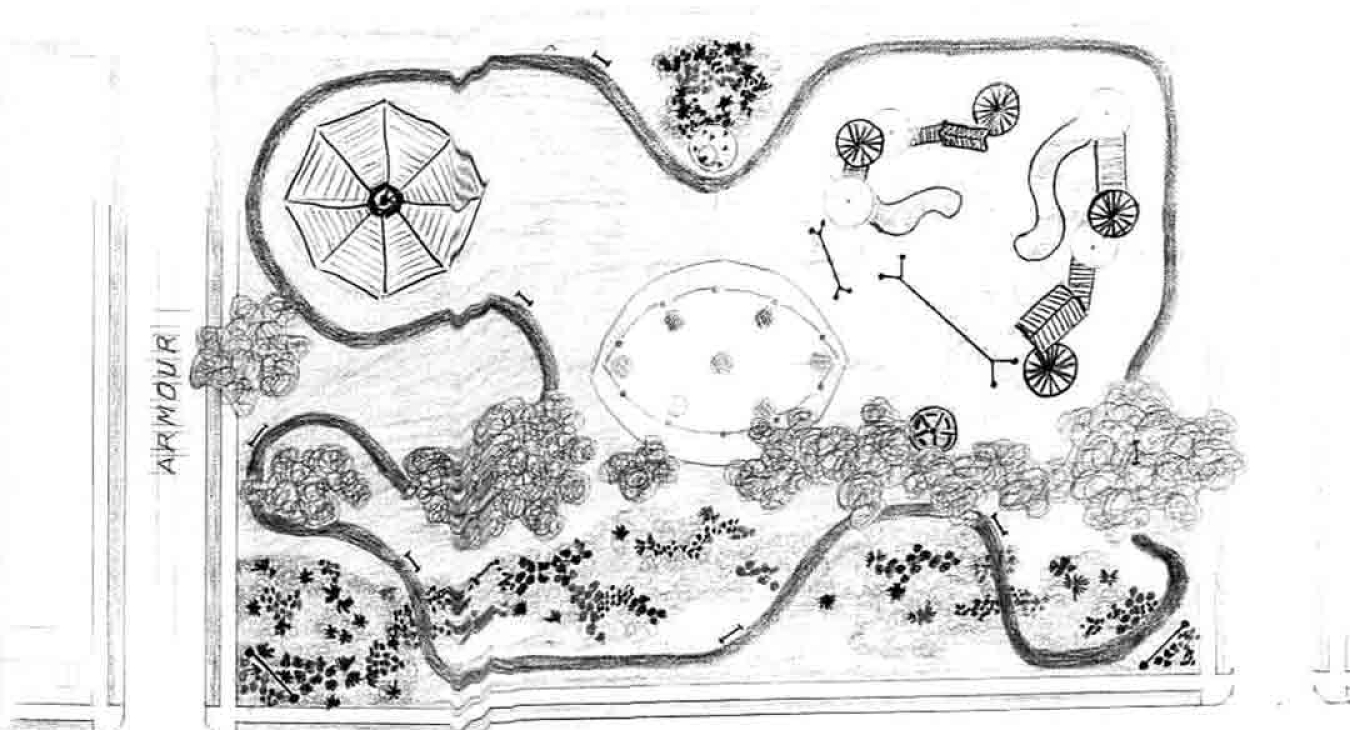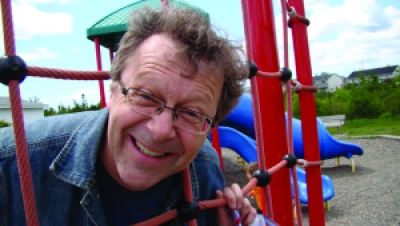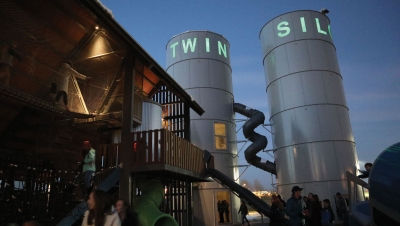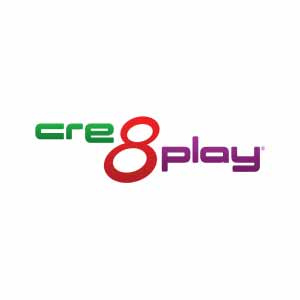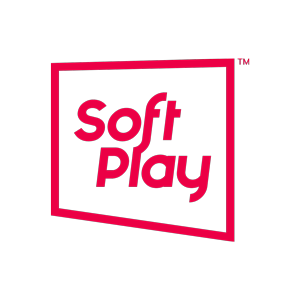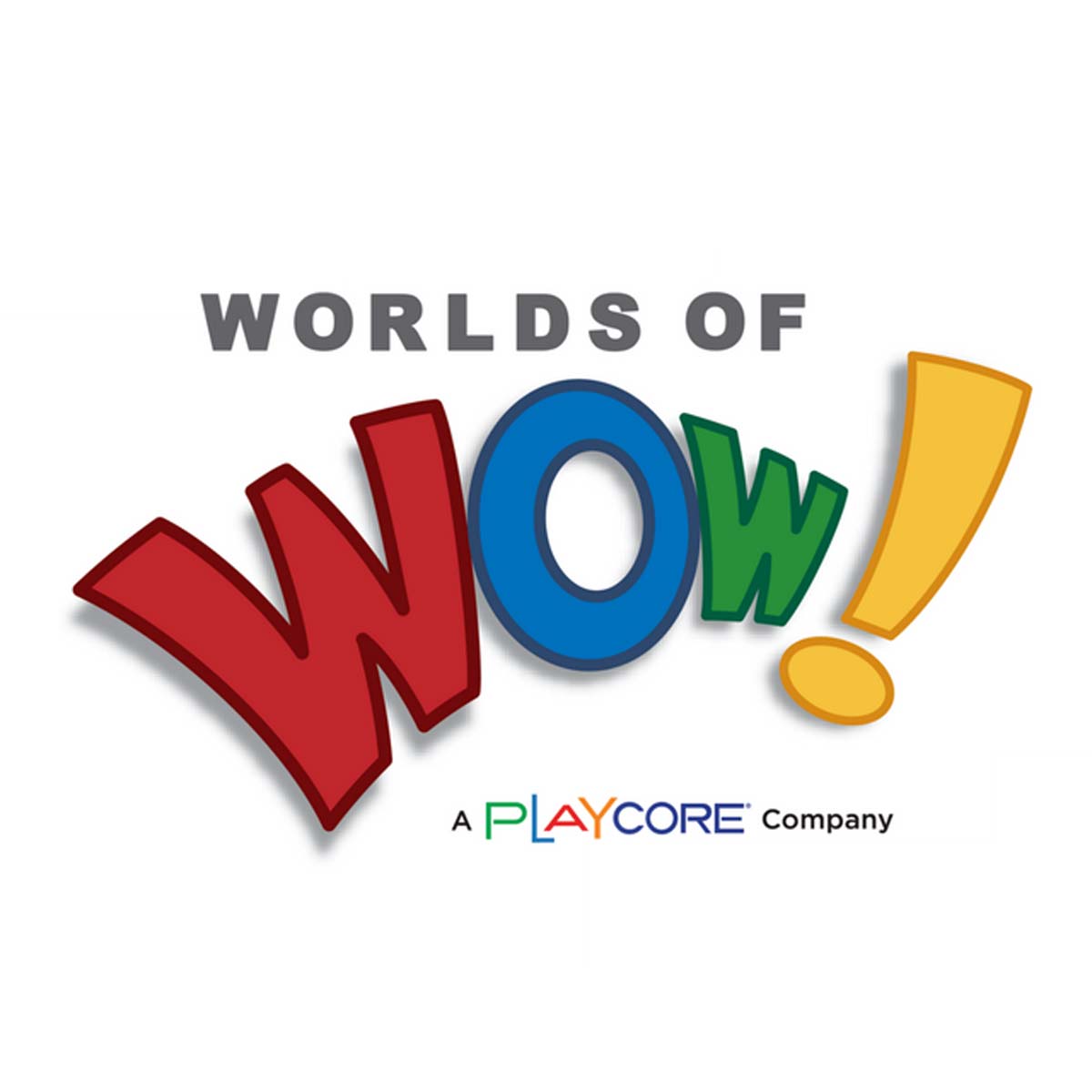Detroit's Eastside Link To Yellowstone National Park
In 2001, as the City of Detroit celebrated its 300th birthday, the Nortown Community Development Corporation (CDC) became a member of the “Detroit 300 Partner Program.” With this program’s funding, as a nonprofit corporation, the CDC was not only able to document its neighborhood’s history through word and picture but also is now using that same history to bring about a mini “green” revolution of key Nortown communities.
In collaboration with other nonprofits on the city’s eastside known as DECC (Detroit Eastside Community Collaborative), the Nortown CDC has been instrumental in fostering the Conner Creek Greenway project. Historically, Conner Creek once flowed from the city limits as Eight Mile Road to the Detroit River, as a naturally free-flowing stream until the 1920s when the creek was ultimately “contained underground” and “utilized” as part of the City Water & Sewage Department.
While Native Americans had utilized the creek for travel and sustenance, early French surveyors named the creek “Riviere du Grand Marais” (River of the Great Marsh) and as more European settlers moved into the area, the landscape began to change. Slowly, the marshlands were drained and sold for farming and settlement. In 1873, one important settlement became known as the “Village of Norris” and was named after its founder, Philetus W. Norris, who also served as an early trailblazer of Yellowstone National Park and second superintendent.
Surprised to find this important national link to one of its neighborhoods and the eastside, the Nortown CDC took the following steps to fulfill its own nonprofit mission and help usher in the beginnings of a “green” movement in the city.
First, they acquired the Norris family homestead and are seeking to restore the 1873 home on the National Register to an “Eco-Heritage” site. The new Norris House will serve as a community environmental center, one that demonstrates a grid-ties solar system, fuel cell technology, and energy-efficient construction and technologies to especially interest area youth on this area’s important link with Yellowstone.
They also purchased a one-and-a-half-acre site near the Norris House to establish a community village green park as the new center of the village – complete with gazebo, play structures, and organic garden plots, along with a village “store” to sell juried recycled art objects, paintings, crafts, quilts, and fresh produce.
Nortown CDC is envisioning a “frontier” or “western” theme to reflect Norris’ link to Yellowstone NP. Initial concepts include a stagecoach, a train, a fort and even climbing rocks to create a play space reminiscent of the 1870’s. These structures could be embedded in a combination of surface materials such as wood chips, unitary rubber surfacing with some bumpy roads, and a pea stone dry rock bed under a surface-level bridge. To recall the Norris geyser in Yellowstone, a mini water fountain geyser could also be incorporated as a side feature to the playscape and garden plots. In keeping with Nortown’s plan to utilize this village green park as an extension of the Norris House as an Eco-Heritage Center, Nortown’s vision also includes the planting of a “sensory garden” with classes for children on good gardening techniques and to help instill early stewardship of the earth and care of the park in general.
They then acquired an obsolete industrial warehouse across the street from the Norris House which has been funded by the Comerica Economic Development Fund to do a feasibility study to ensure that the roof replacement can be done as a “green roof.”
They also developed, with the City Airport Renaissance Association (CARA), a plan to save a neighborhood park that the city planned to “sell” as “surplus” land and revitalize it with new play equipment if funding can be secured. Due to the strength and commitment of the CARA group, it was decided early in the planning process that the newly revitalized “Armour Knodell” park would be inter-generational in its scope, so residents of all ages would be able to interact with each other’s company. In its vision meetings, one of the CARA residents compiled the drawing above to capture the essence of the revitalized park, complete, with a “splash pool,” walking path, a butterfly garden, seating benches, and a place reserved for chess players.
A giant chess set was an inspiration to CARA of what Nuremberg Germany and a Finnish study claimed would help older users improve balance, dexterity, and mobility.
They also developed the Milbank Greenway as the “trailhead” to the greater nine-mile Conner Creek Greenway which, through collaborative efforts of DECC, will ultimately connect Detroit neighborhoods of people, parks, green spaces, schools, and shops with the Detroit River, and be a unique tourist link with Yellowstone National Park.

